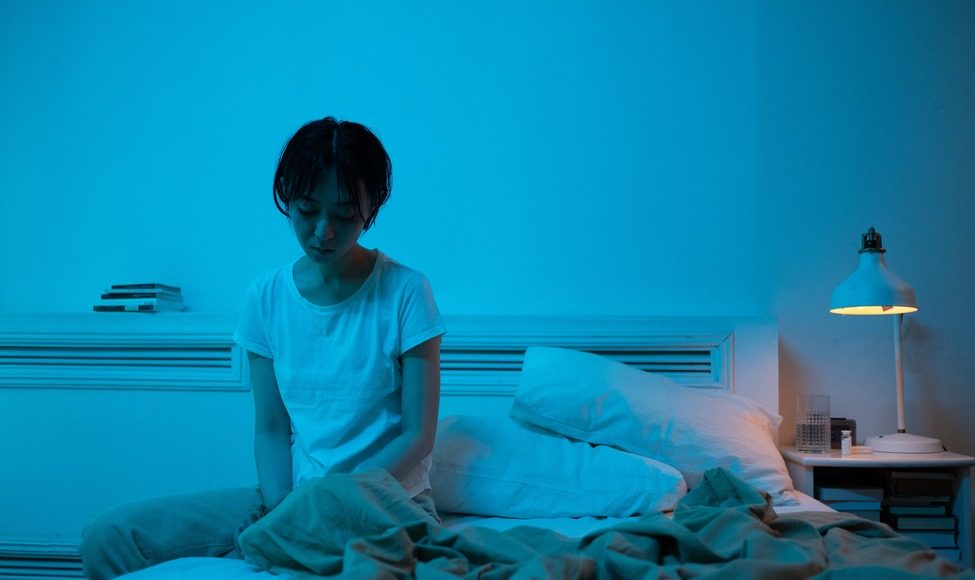Psychologists and mental health experts are calling for action after finding “alarming” data in the latest report by the U.S. Centers for Disease Control and Prevention that shows teen girls are facing record levels of sadness, violence, and risk of suicide.
The CDC’s 2021 Youth Risk Behavior Survey Data Summary and Trends Report issued last week measured increases in substance use, bullying, violence, and mental health struggles in all teens. But the findings of issues among girls were its most startling.
“There is a mental health crisis right now, and yet there are not enough people to address it,” said Julie Cristello, a doctoral student in the Clinical Science Program in Child and Adolescent Psychology program at Florida International University.
The survey does not look at the reasons for the crisis, but psychology experts like Cristello, say they believe the pandemic and social media usage are the greatest factors.
In 2021, nearly 20% of female teen students experienced sexual violence, and 57% of high school girls reported persistent sadness and hopelessness, a 60% increase in the last decade. This is compared to 29% of teen boys who said they experienced the same feelings.
The pandemic caused isolation, lack of connectedness, online schooling, increased screen time, trauma, and lack of sleep among teens, said Cristello. These issues existed before the pandemic but were likely worsened by it.
In a recent Senate Judiciary Committee hearing discussing protections for minors online, Dr. Mitch Prinstein of the American Psychological Association testified that the average teenager spends more than eight hours a day online.
“That means that they are spending more time on screens than they are in school,” added Cristello, who specializes in social media and substance use among adolescents. “That also suggests that they may be spending time on screens during school and that it may be impacting their sleep time.”
Screen time is replacing healthy behaviors that used to benefit children and adolescents’ wellness, according to FIU psychology and psychiatry professor Dr. Jeremy Pettit.
“What are they not doing that they were doing before?” wondered Pettit, who says social media interferes with face-to-face interactions, exercise, and sleep. “The data are very clear that higher social media use and screen time are associated with lower quantity of sleep and also lower quality sleep. And sleep is essential to mental health and well-being.”
Social media also exposes teens to a lot of negative interactions including cyberbullying.
Earlier this month, 14-year-old Adriana Kuch of New Jersey died by suicide two days after a video of her being assaulted by peers in the school hallway circulated online.
“We need our lawmakers to step up, put politics aside, and finally protect all children online,” testified Kristin Bride, whose 16-year-old son, Carson, died by suicide in June 2020 after experiencing cyberbullying. She now advocates for protecting adolescents and their mental health from social media.
Girls, students of color and members of the LGBTQ community were less likely to report a positive connection with the school environment. And even though bullying has slightly decreased, teen girls were more likely to be cyberbullied and bullied at school.
“It’s very concerning, but it’s perhaps not alarming, meaning not surprising, that we see some of these results,” said Pettit, who specializes in depression, anxiety, and suicide-related behaviors in children and adolescents.
In 2021, 10% of female students and more than 20% of LGBTQ students attempted suicide, and 18% of high school students had made a suicide plan in the past year.
Anxiety and depression rates are the same between boys and girls up until puberty when females tend to experience more anxiety and depression, and males tend to fall into substance use and aggression, says the FIU professor.
An increase in funding for mental health resources and trained personnel in schools is something doctoral student Cristello says would be crucial since teachers and counselors are “already under-compensated and experiencing high workloads and burnout.”
Creating accessible online services, making schools more inclusive, organizing safe spaces, having youth groups, and also connecting families to resources are all possible solutions suggested by experts for improving teen mental health.
If you or someone you know is at risk of suicide or needs mental health support, you’re encouraged to call U.S. National Suicide Prevention Lifeline by dialing 988 or go to SpeakingOfSuicide.com/resources for additional resources.
































